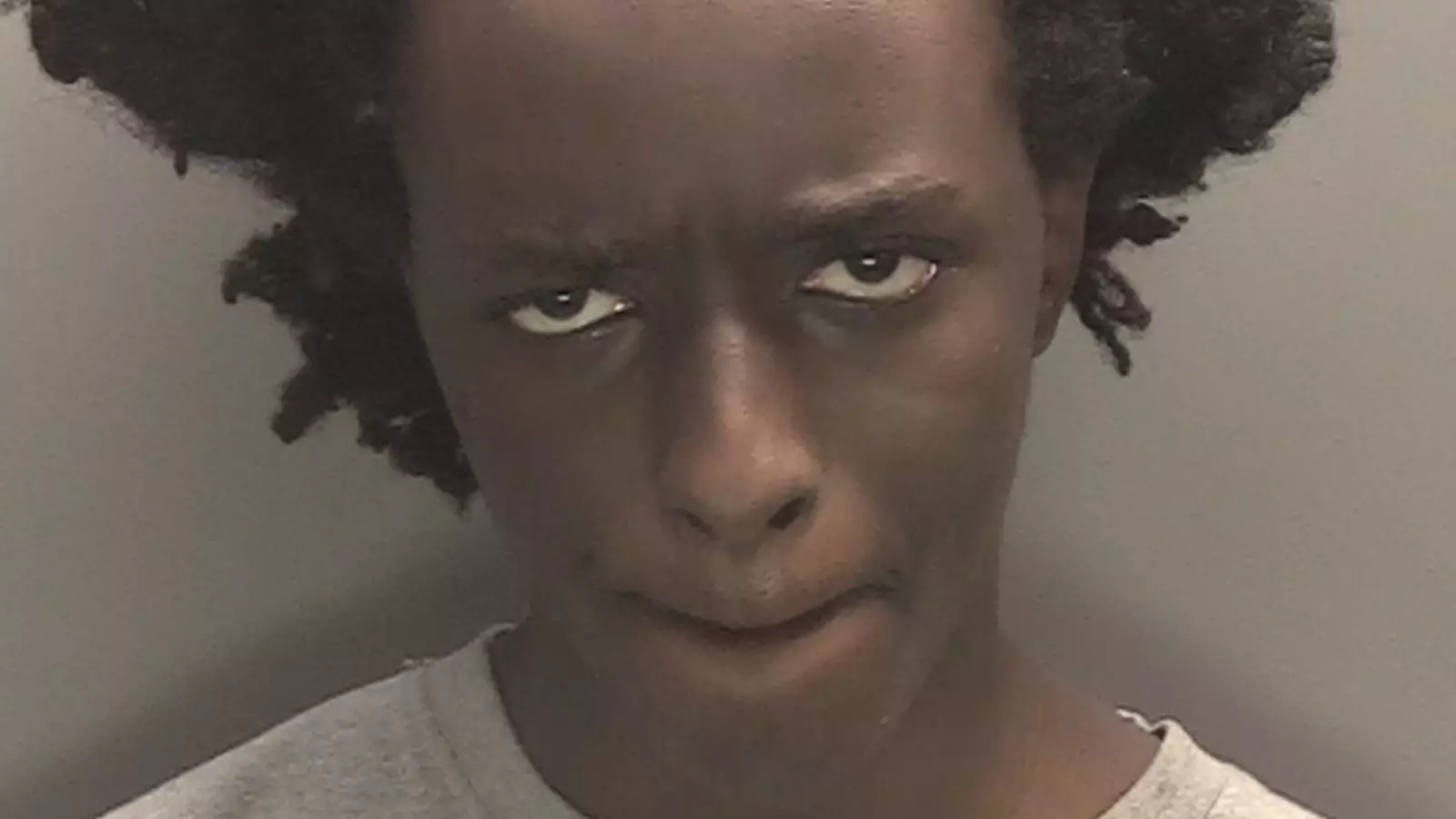The tragic story of Axel Rudakubana serves as a grim reminder of the complexities surrounding young individuals who exhibit violent tendencies. His fascination with extreme violence and a disturbing trajectory of behavior raises critical questions about mental health intervention, educational oversight, and the responsibilities of authorities in preventing such acts from escalating into catastrophic outcomes.
The Early Warning Signs
Axel Rudakubana’s issues with violence were apparent well before his more notorious incidents. Anecdotes from students at Range High School revealed the existence of a “kill list,” a chilling indication of his intentions. The culture within the school did not dismiss his behavior—students had associated him with aggressive acts, such as wielding a hockey stick with the intent to cause harm. His expulsion in 2019 after bringing a knife to school was just one of several warning signs that should have triggered a more robust response from educational institutions and social services alike.
The mere fact that he was referenced multiple times to the government’s Prevent program for individuals at risk of radicalization highlights an inherent failure within the system designed to mitigate such risks. The program, intended to help steer vulnerable individuals away from extremist ideologies, appeared to struggle with effectively addressing Rudakubana’s dangerous tendencies. His history at Range High, marked by repeated incidents and the obviously troubled nature of his personality, reflects a profound systemic lapse.
An Obsession with Violence
Rudakubana’s unhealthy obsession with extreme violence was not merely a fleeting teenage phase; it was defined by a deep fascination with despotism and warfare. This troubling interest was compounded by his knowledge of historical atrocities, such as the Rwandan genocide. Having lived in a family that fled from a war-torn country, these interests may have been further exacerbated by his experiences and exposure to violent narratives. The question lingers—what drives a young person to fixate on such grotesque subjects?
Beneath this veneer of violence lies a deeper crisis, a plea for attention and understanding that went unheard. His repeated behaviors should have served as a clarion call for intervention, yet, troublingly, meaningful action was conspicuously absent.
In the week leading up to Rudakubana’s violent attack in July 2024, unsettling indicators signaled that something dire could unfold. His father intervened when Rudakubana attempted to return to a school from which he had once been expelled. This incident raises serious questions about how much awareness family members had regarding his potential for violence and whether they were equipped to take action.
Witnesses recalled his attempted assault with a hockey stick, a shocking but telling precursor to the more heinous acts that would follow. Discussions about Rudakubana weren’t confined to whispers in hallways; they permeated student conversations, pointing to a pronounced awareness of his volatility within the school environment.
The fallout from Rudakubana’s actions reflects a systemic failure involving multiple agencies. Home Secretary Yvette Cooper expressed her deep concern about how agencies involved failed to recognize the impending danger that Rudakubana posed. The inability to connect the dots serves as a glaring failure of agency accountability.
As voices like those of Dylan Pemberton’s family echo the community’s outrage, we are reminded of the victims and survivors who will carry the scars of trauma for life. The call for a public inquiry signals the urgent need for introspection across service agencies and educational institutions. Continuous inaction or failure to communicate leads to tragic consequences, and future interventions must prioritize thorough communication among various entities that encounter at-risk youth.
The case of Axel Rudakubana encapsulates the urgency for a reconsideration of our approach to youth showing signs of violence. As this tragedy unfolds, we must navigate difficult questions about mental health support, the responsibilities of educational systems, and the protocols in place for intervention.
The chaotic intersection of youthful aggression, systemic failures, and societal responsibility cannot be ignored. It serves as a chilling reminder that without timely and effective intervention, tragedies will inevitably occur. The time has come for stakeholders to reconcile their roles and ensure that future warnings are met with appropriate action—before it is too late.


Leave a Reply